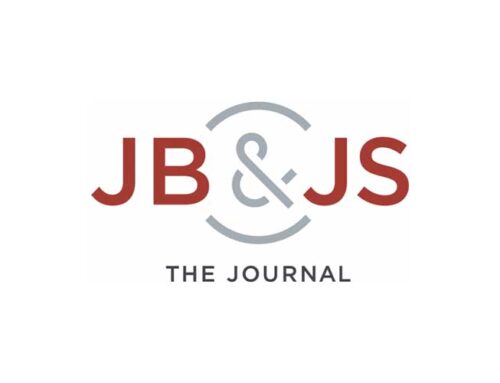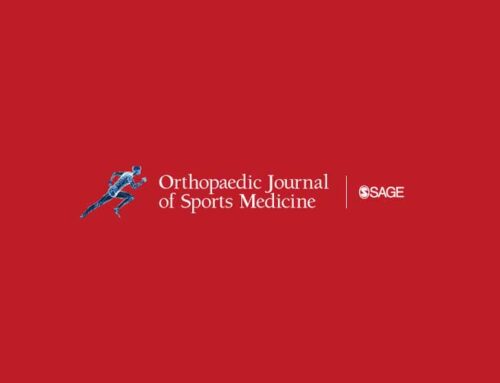BACKGROUND:
The utilization of musculoskeletal ultrasound has expanded within the setting of the orthopedic clinic as a cost-effective, point-of-care diagnostic tool for shoulder pathology. In experienced hands, ultrasound exhibits capabilities equivalent to that of magnetic resonance imaging in the diagnosis of many shoulder diseases including full-thickness and partial-thickness rotator cuff tears. Although similarly effective in identifying additional shoulder disease processes, major obstacles to its widespread use include user dependence and intrinsic limitation to extra-articular diagnosis.
OBJECTIVES:
The purpose of this review is to present a step-by-step guide of how to perform a comprehensive shoulder examination and to discuss the appropriate use, economic benefit and implementation of ultrasound within the clinic.
METHODS:
A systematic search (June 2016) of PubMed, Scopus, and EMBASE databases was conducted according to the Preferred Reporting Items for Systematic Reviews and Meta-Analyses (PRISMA) guidelines for literature presenting shoulder ultrasound examination protocols. Included studies were peer-reviewed articles or academic society endorsed protocols presenting comprehensive sonographic examinations of the adult shoulder. Papers with limited or single structure examination descriptions, non-English language, and publication dates before 1980 were excluded. Final papers meeting criteria were secondarily screened for publication after 2005 to reflect the current state of ultrasound imaging.
RESULTS AND CONCLUSIONS:
The search yielded 1,725 unique articles with 17 studies meeting final selection criteria. Information from identified studies was summarized to formulate a 4-part shoulder examination protocol, including steps most pertinent to orthopedic in-office diagnoses. In agreement with previous studies, the inexperienced orthopedic surgeon can be quickly trained to expert level proficiency in shoulder ultrasound diagnosis. Using an established protocol, a comprehensive, yet effective shoulder ultrasound examination can be performed within ten minutes. Further, ultrasound provides opportunity to off-set costs through the engagement of revenue generating activity for the orthopedic practice.
View: An orthopedist’s guide to shoulder ultrasound: a systematic review of examination protocols









